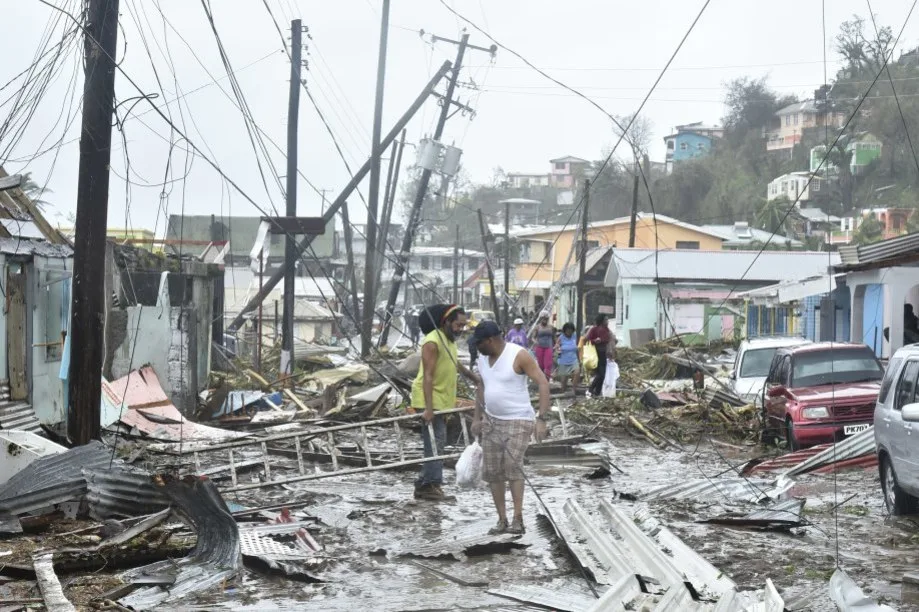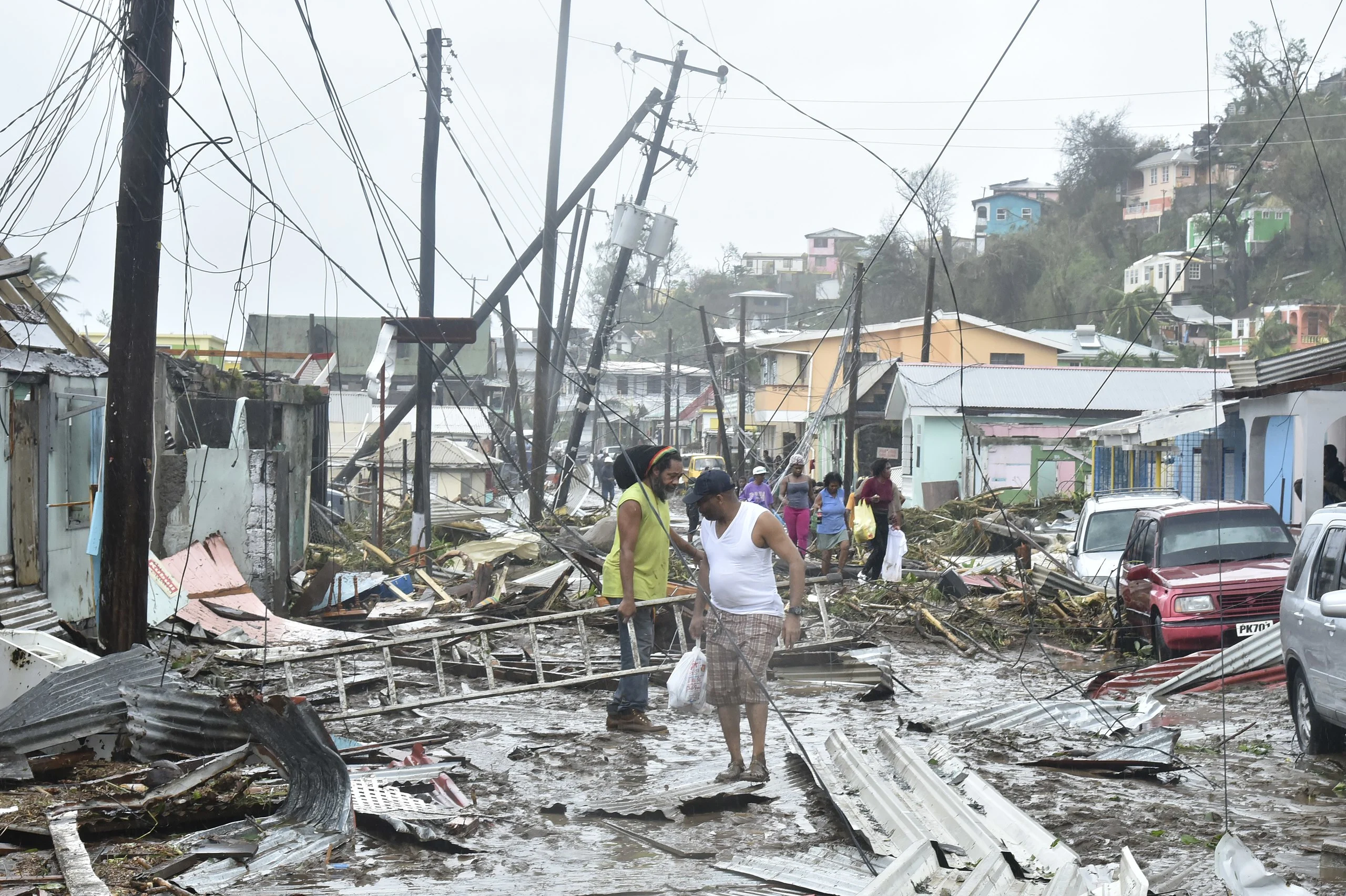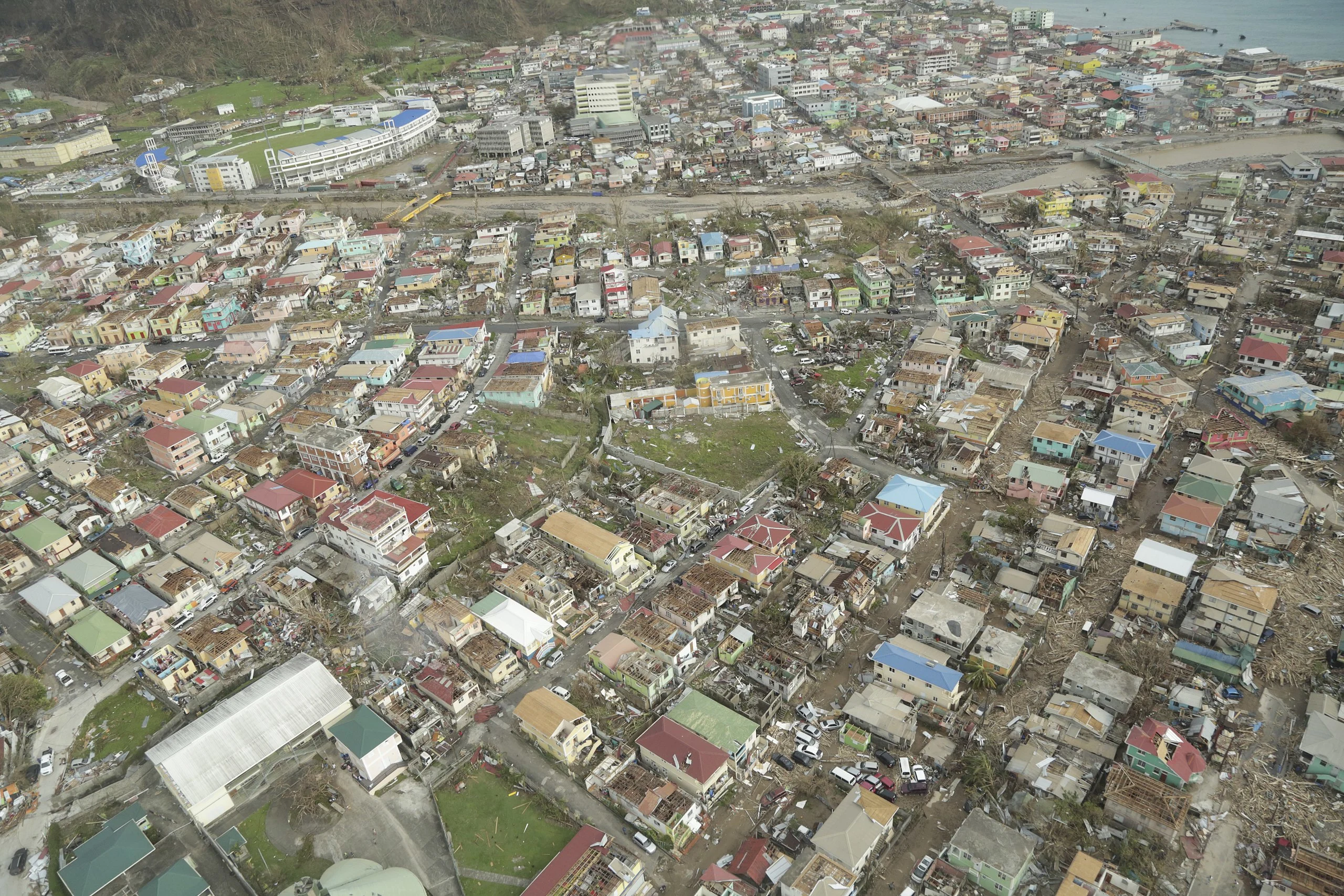
Puerto Rico still recovering from catastrophic 2017 Hurricane Maria
On this day in weather history, Hurricane Maria battered the Caribbean.
This Day In Weather History is a daily podcast by Chris Mei from The Weather Network, featuring stories about people, communities and events and how weather impacted them.
--
On Monday, Sept. 18, 2017, Hurricane Maria made landfall on Dominica as a Category 5 storm. Two days later, Maria slammed Puerto Rico as a Category 4 hurricane. Between the two countries, the hurricane caused 3,040 deaths. Maria also impacted other areas in the Caribbean including, Dominican Republic, Hait, and Guadeloupe. With a total of 3,059 fatalities, Maria is the third deadliest Atlantic hurricane in history.
The storm started as a tropical wave off the western coast of Africa. It headed westward and gradually organized into a tropical depression by Sept. 16. The warm sea surface temperatures of 29°C, the moist environment, and the weak wind shear created the conditions for the storm to fully form.

"A road in the Roseau area is littered with structural debris, damaged vegetation and downed power poles and lines." Courtesy of Wikipedia
Maria first hit Dominica, destroying the island’s vegetation and housing stock and infrastructure. In Dominica, the storm caused 65 deaths and $1.37 billion in damages. Two days later, Maria hit Puerto Rico.
In terms of overall destruction, Puerto Rico was most impacted by Maria. It caused around 2,975 deaths and $90 billion worth of damages. After Maria made landfall, winds were measured as high as 190 km/h. The storm also brought torrential rain as much as 962.7 mm.

"An aerial view of part of Roseau, revealing widespread damage to roofs. Flash floods clogged roads with debris—vegetative and structural—and mud." Courtesy of DFID - UK Department for International Development/Wikipedia/CC BY 2.0
Before Maria hit the island, it weakened from a Category 5 to Category 4 storm due to an eyewall replacement. This cycle also caused the eye to triple in size before it made landfall. This change increased the areas that were exposed to extreme winds.
Puerto Rico faced widespread flooding, extensive wind damage, and frequent landslides. Maria destroyed the power grid, leaving the entire 3.4 million population without electricity. The storm also wiped out the island’s agriculture, namely coffee crops. Around 18 million coffee trees were destroyed. It will take around five to 10 years for the island to get back to about 15 per cent of its coffee production.

"More than a week after Hurricane Maria struck, residents of Ponce, Puerto Rico wait in long lines at an ATM to withdraw cash." Courtesy of Wikipedia
The island was devastated. On April 11, 2018, the World Meteorological Organization retired the name Maria due to the impact on the Caribbean.
To learn more about Hurricane Maria, listen to today's episode of "This Day In Weather History."
Subscribe to 'This Day in Weather History': Apple Podcasts | Amazon Alexa | Google Assistant | Spotify | Google Podcasts | iHeartRadio | Overcast'